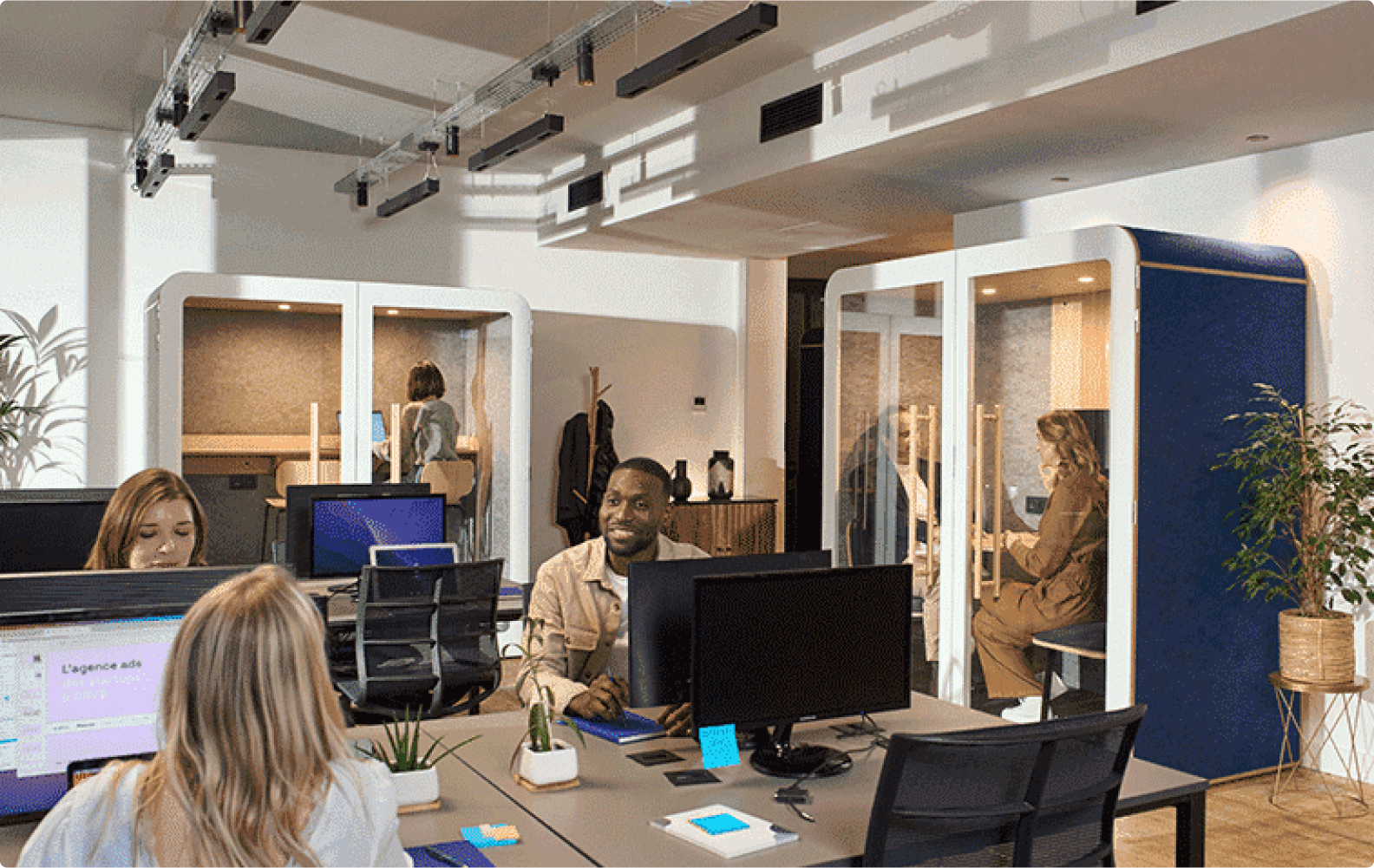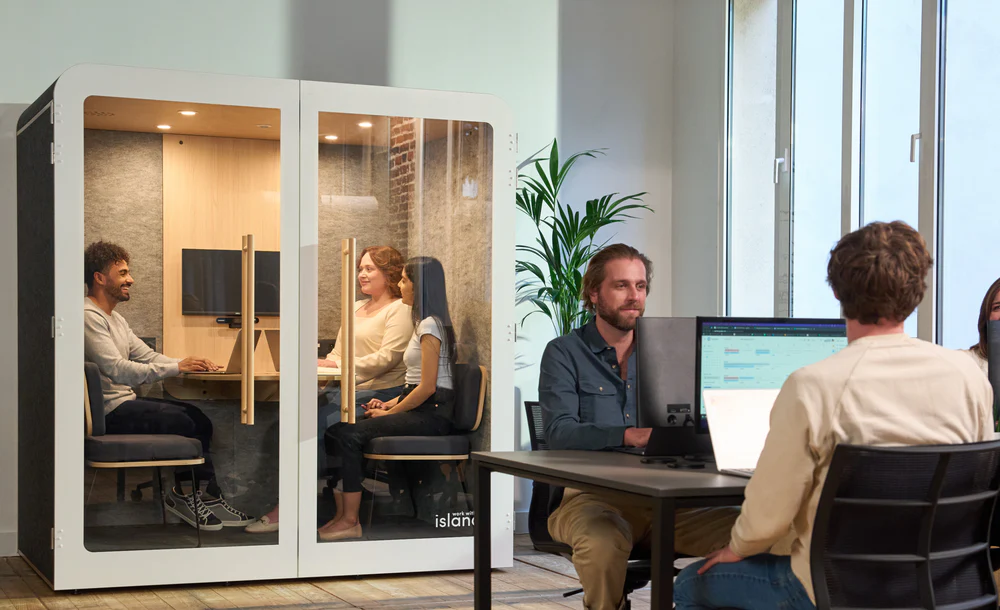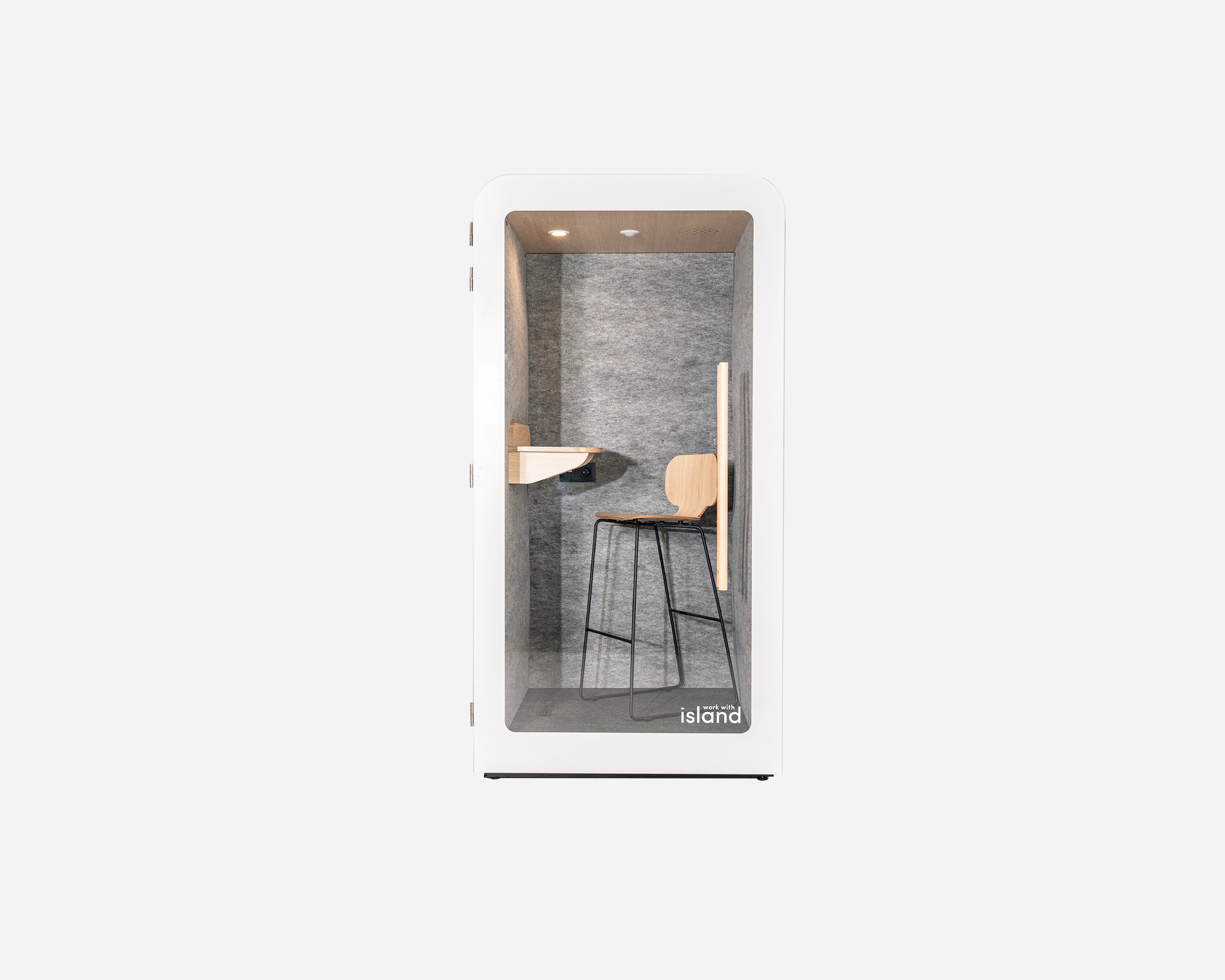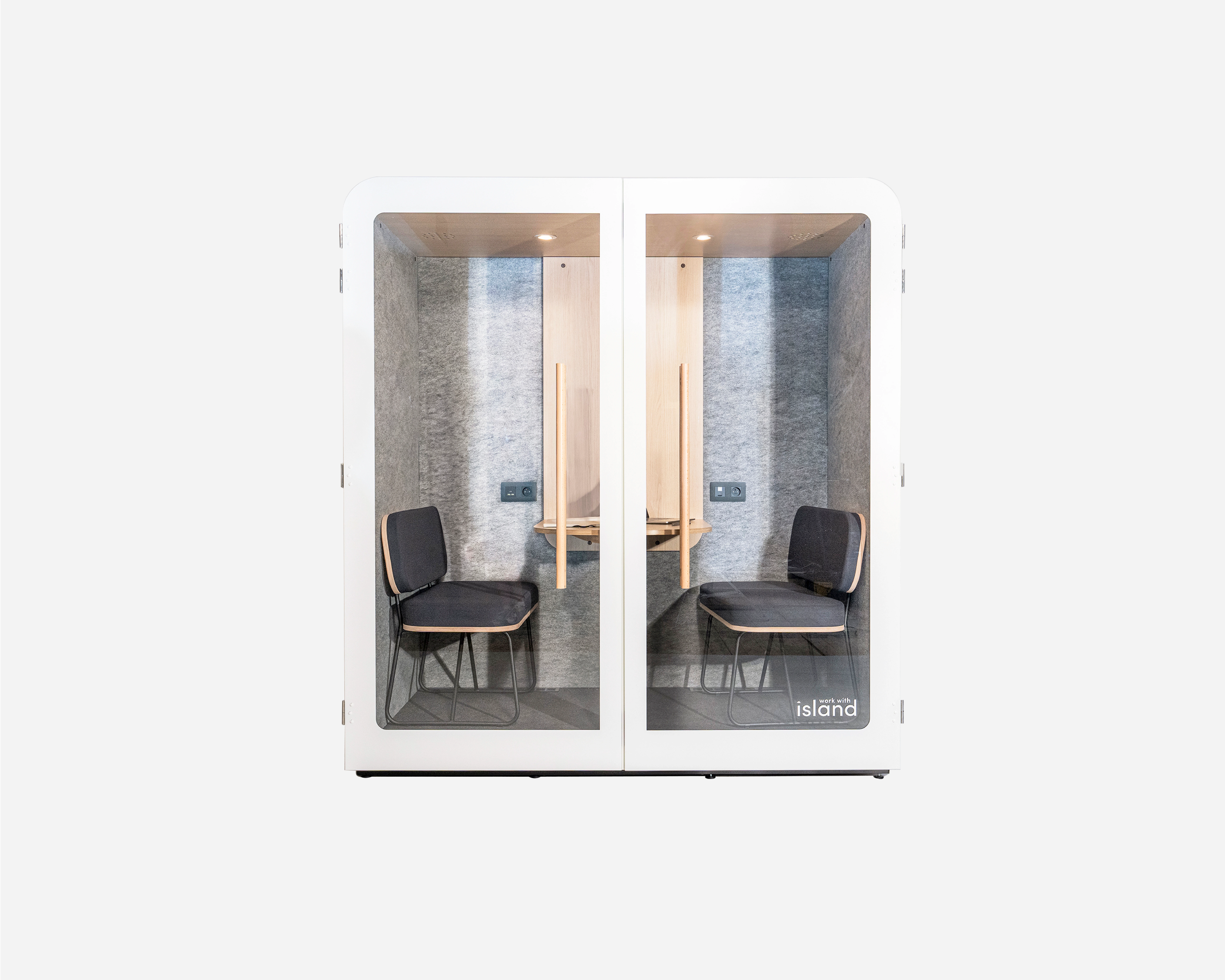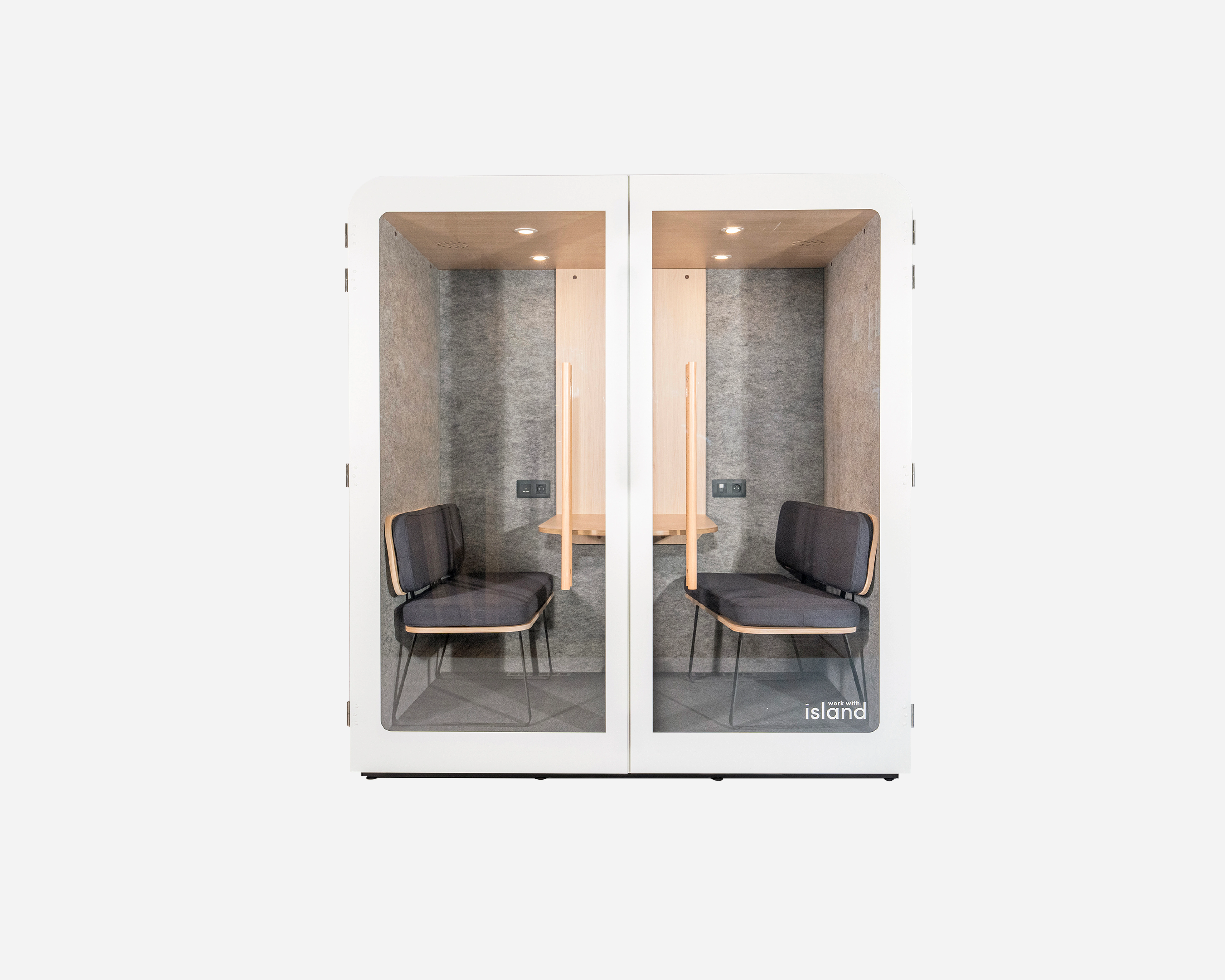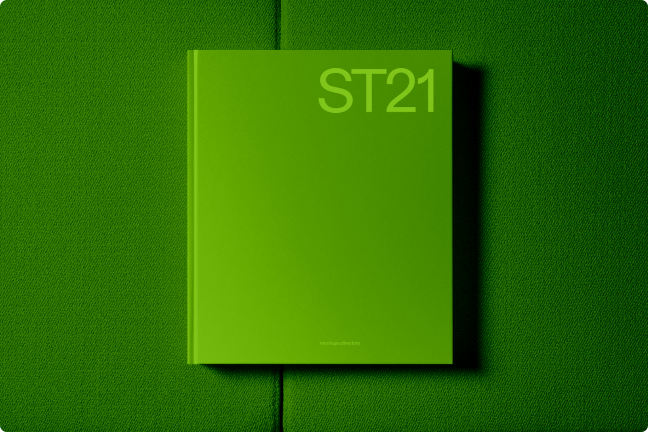Workplace ergonomics: boost your employees’ well-being and productivity

Workplace ergonomics is essential for creating an environment that supports both employee well-being and efficiency. Beyond ergonomic furniture like chairs and desks, it’s important to adapt every aspect of the work environment — from posture and tools to overall organization. This article explores the key challenges of workplace ergonomics and outlines practical actions you can take to enhance your employees’ comfort, health, and productivity.
Workplace ergonomics: what is it all about?
Ergonomics is often associated with chairs or desks, but it goes far beyond that. It encompasses the study of working conditions and the interactions between humans and their environment.
Two key dimensions stand out: cognitive and organizational ergonomics.
- Cognitive ergonomics focuses on intellectual and psychological aspects such as memory, concentration, and reasoning.
- Organizational ergonomics addresses work processes and structure, at individual, team, and company levels.
In short, focusing on ergonomics means examining all the factors that shape an employee’s daily experience: posture, workspace design, time management, and the ease of using the tools provided.
{{MULTI_IMAGE}}
Safety, health, efficiency, and well-being: the benefits of good ergonomics
Ergonomics offers numerous advantages for both employees and companies. It’s essential for preventing occupational illnesses, reducing absenteeism, improving well-being, and fostering greater productivity.
Here’s a closer look at the benefits of a well-designed workstation and workspace.
Ensuring safety and preventing risks
Ergonomics helps prevent accidents and health issues. Poorly arranged cables can cause falls, bad posture can lead to chronic pain, and poorly positioned equipment can cause musculoskeletal disorders (MSDs). Adapting workstations to each employee protects their health and prevents costly sick leave.
Promoting well-being and comfort
An ergonomic workspace reduces stress and boosts comfort. A thoughtfully designed environment enhances motivation, satisfaction, and even talent retention, becoming a competitive advantage for the company.
Supporting productivity
Expecting more from employees without giving them the right tools or conditions is often a recipe for failure.
A cramped desk, lack of training, or an environment full of visual distractions can all hinder performance.
Ergonomics isn’t just about physical or mental health, it’s also a strategic asset that helps teams work more efficiently and companies achieve better results.

How to improve workplace ergonomics: key steps
Convinced by the benefits of ergonomics? Here’s how to create a workspace that fits every employee’s needs and supports their performance.
Assess the specific needs of your work environment
Ergonomics goes beyond adjusting screen height or chair position. Each workstation is unique and depends on the work environment (open plan, closed offices) and setup (on-site or remote).
Start by evaluating the existing setup, identifying sources of discomfort, and, if necessary, consulting ergonomics experts for a professional assessment.
Inform, educate, and involve employees
Employee engagement is key to success. Share best practices, from posture to stress management, and collect feedback through surveys or workshops. A collaborative approach ensures that changes meet real needs and are more readily adopted.
Practical tips for optimizing workplace ergonomics
So far, we’ve discussed the theory behind physical, mental, and organizational improvements.
Now, let’s look at some practical examples that can be applied in most workplaces:
- Provide adjustable, ergonomic equipment. Ensure every employee has access to properly fitted equipment, such as ergonomic chairs, adjustable keyboards and mice, or sit-stand desks. These tools allow for posture variation and adaptability, reducing discomfort and fatigue
- Create comfortable, focused work areas. Install acoustic pods or booths for quiet, focused work, and keep noise sources (like printers or coffee machines) away from desks. This setup promotes calm, concentration, and well-being.
- Optimize lighting and space layout. Provide adjustable, glare-free lighting to reduce eye strain. Arrange workstations to allow smooth movement and preserve personal space, essential for comfort and efficiency.
- Adapt work practices to modern needs. Depending on your organization’s structure, introduce flexible work options such as remote work, flexible schedules, or even a four-day week. These measures help employees maintain a healthy work-life balance while improving engagement and performance.
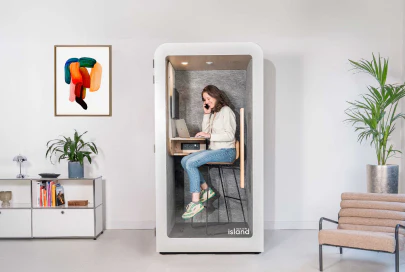
Ergonomics isn’t limited to furniture or posture, it’s a comprehensive approach that influences health, motivation, and productivity. By adapting the workspace, tools, and organization of work to employees’ real needs, companies create the right conditions for sustainable performance and well-being.
Small changes, from better lighting to quiet spaces like acoustic booths can make a big difference in comfort, efficiency, and overall job satisfaction.
.svg)
.svg)
.svg)
.svg)




.png)
